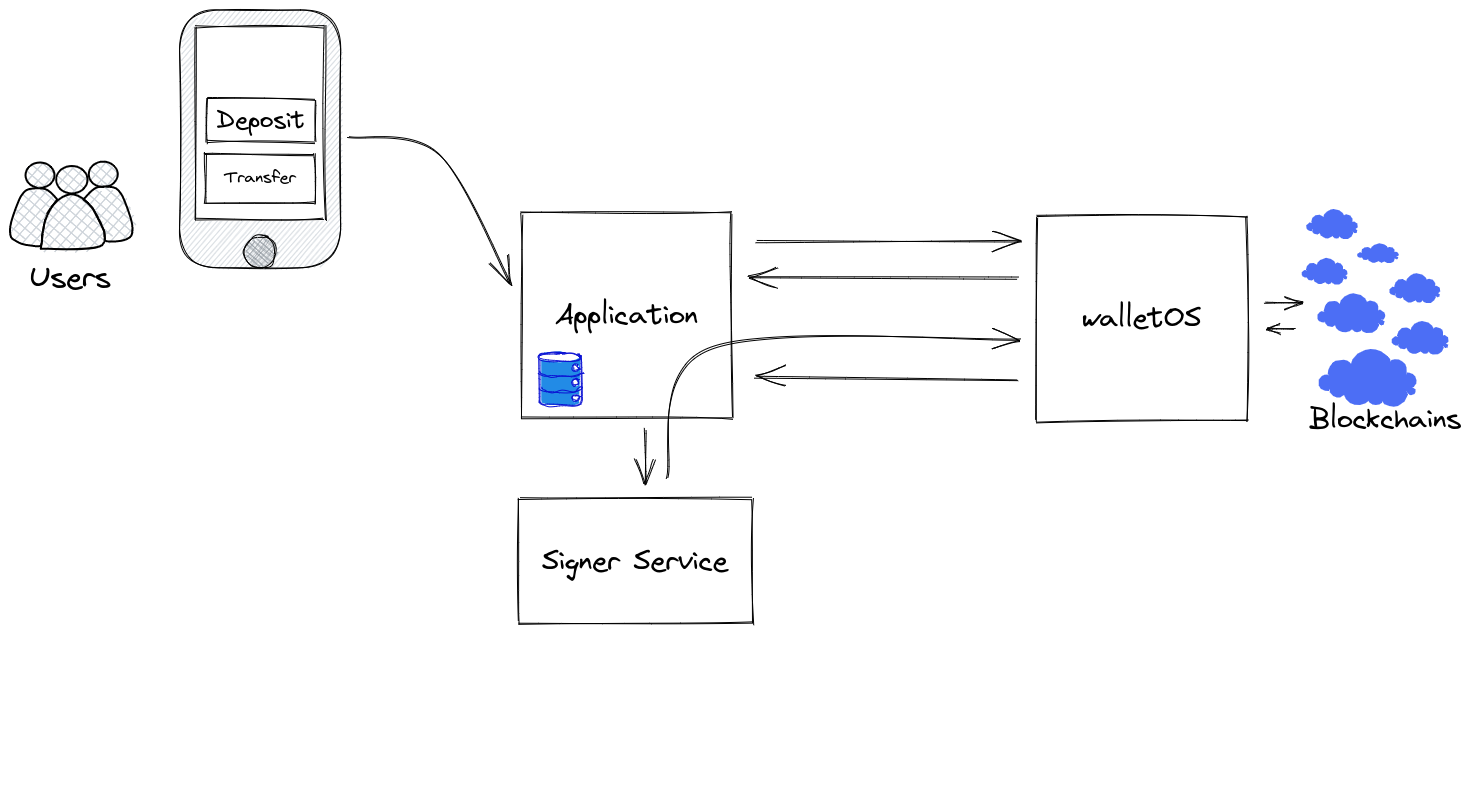Seamless Staking on Avalanche with walletOS

One of the fastest growing blockchains measured by total value locked (TVL), Avalanche is a relatively young layer one blockchain protocol that supports smart contracts similar to the ones on Ethereum. The Avalanche ecosystem is composed of subnets, similar to Cosmos Appchains, which host hundreds of projects across DeFi, gaming, infrastructure, and more.
With fast settlement times and low transaction fees, Avalanche quickly became popular with developers and users alike. WalletOS makes it easy for you to stake and manage Avalanche nodes while allowing your users to participate in the network on-chain directly from your interface.

What is staking on Avalanche?
At the protocol level, staking is the process of depositing tokens with a smart contract (“locking”) in order to secure the network. Avalanche uses something called Proof of Stake which means that unlike miners in a Proof of Work system like Bitcoin, the network is secured by validators who stake the native token, AVAX.
Validators are Avalanche nodes that have staked enough AVAX to participate in confirming transactions. As a reward for validating transactions and helping to secure the network, validators can receive AVAX rewards if they are online, responsive, and correct for the majority of their validation period.
Users can also stake on Avalanche without running their own node by delegating their stake to an existing validator. Delegators can still earn staking rewards from the Avalanche network minus a fee set by the validator for their services.
Staking performs two vital functions for Avalanche: it secures the network and provides economic incentives for validators to behave honestly. For users, staking is often one of the most attractive ways to leverage otherwise idle assets.
Easy staking on Avalanche with walletOS
We designed walletOS to offer a delightful experience for engineers and developers to quickly and safely add blockchain functionality.
WalletOS sits above the custody layer and below the application layer. It is responsible for acting as a unified interface for blockchains and smart contracts.
It can do the following:
- Build on-chain artifacts to transfer, stake, and interact with smart contracts
- Create blockchain addresses
- Query on-chain artifacts and balances

Using walletOS to integrate Avalanche staking is as straightforward as a few simple API calls to enable deposits, transfers, create validators on-chain, and delegation. In this sample architecture, the Application is the user interface responsible for the business logic sent to walletOS, which connects application activity with on-chain actions and receives signatures from the Signer Service.
Wallet API software vs in-house solutions
Compared to building your own bespoke solution, walletOS offers a ready-to-play blockchain integration system that lets you hit the ground running and start deploying. The walletOS API framework requires little to no additional hardware or software requirements for your application and can easily scale as your user base grows.
Because staking is on-chain, activities come with a certain degree of permanence. For example, staking on Avalanche is time locked and some of the transactions cannot be undone. You can use different walletOS API calls to streamline the actions validators and delegators take into simple instructions that display in your interface.

With walletOS you can easily support the launch of new projects on Avalanche that require staking, and smart contract transactions while managing your nodes, all from a single API.
See for yourself how easy it is to use walletOS: access our free sandbox and start building now 🚀.

